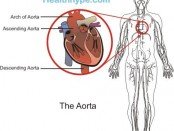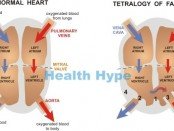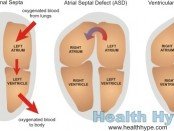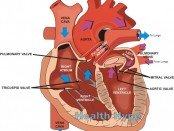Aortic Regurgitation (Valve Insufficiency)
What is aortic regurgitation? Aortic regurgitation is a condition where blood flows backward back from the aorta into the heart when the ventricles relax. Backward flow (regurgitation) is prevented by the aortic valve. In other words it ensures blood only flows in one direction – from the left ventricle into the >> Read More ...




